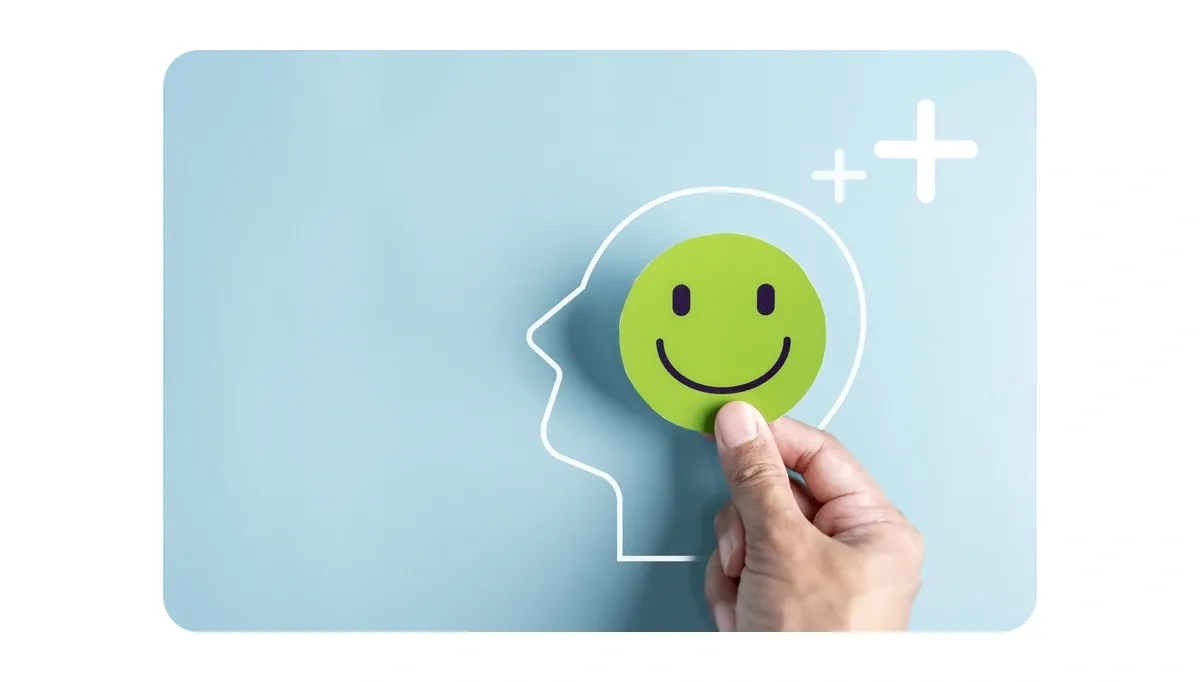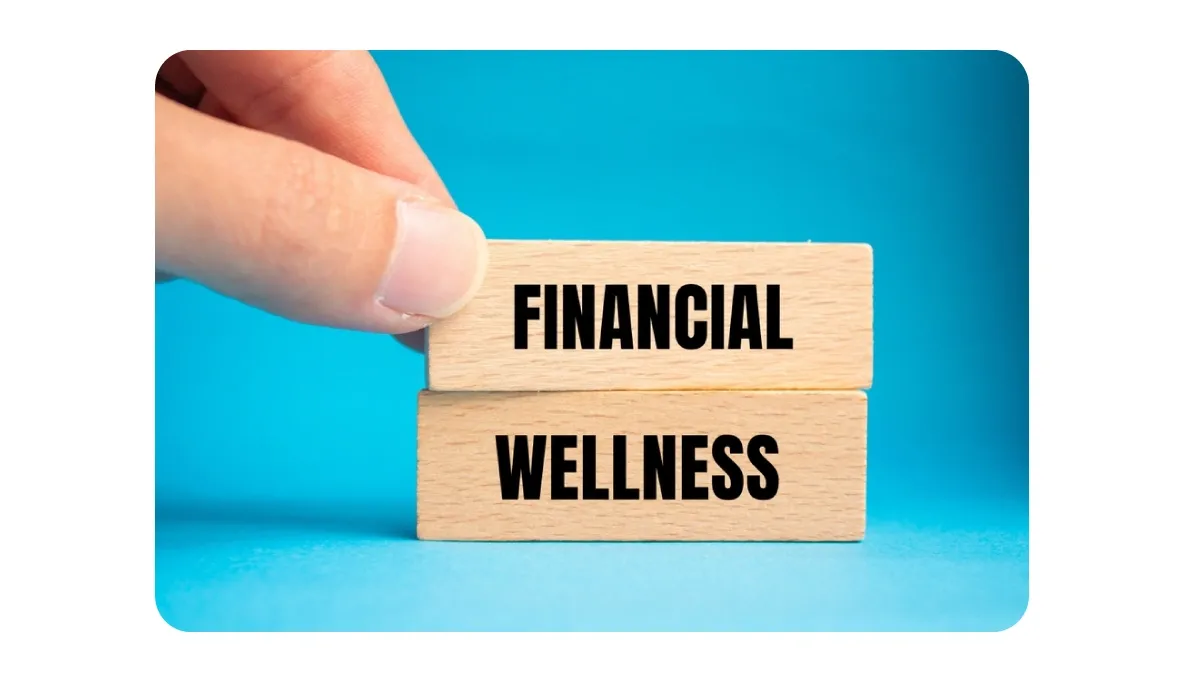Top Lunch and Learn Topics to Boost Employee Wellness
Looking to make your wellness initiatives more impactful? Lunch and Learn sessions are a simple way to connect with employees on topics that matter to them.
These sessions make lunch breaks valuable moments of learning and connection. From mental health and nutrition to financial literacy and physical activity.
In this blog, you'll find wellness-focused Lunch and Learn topics to engage employees, support well-being, and run inclusive, easy-to-host sessions.
What is a Corporate Lunch and Learn?

Suppose you're leading HR, managing wellness programs, or overseeing employee engagement. In that case, you're likely always searching for simple ways to support your team.
A corporate Lunch and Learn is one of the most effective formats to do just that.
It's a short, informal session held during the lunch break, where employees gather to explore topics that support their well-being.
These topics include managing stress, building healthy habits, improving financial literacy, and understanding mental health. You can easily scale and adapt these sessions. On-site teams can join a meeting room or cafeteria; remote teams can participate virtually anywhere.
The format works across time zones and departments, making it ideal for hybrid workplaces. Everyone gets to participate, and no one must sacrifice productivity or take time off to benefit from it.
For employers, the benefits are clear. These sessions require minimal effort to organize; they are cost-effective, highly engaging, and help reinforce your commitment to employee well-being.
They also foster a culture of openness and learning, create space for honest conversations, and integrate wellness into the daily work routine. When done consistently, they build trust and boost morale. This leads to healthier lifestyles and a more engaged workforce.
Top Health and Wellness Lunch and Learn Ideas
Planning a great lunch and learn session starts with choosing the right topic. Here are some wellness-driven lunch and learn ideas that offer real health benefits. These encourage participation, team building, and ongoing learning across your workforce.
Physical Wellness

Help employees build healthy routines with topics that encourage movement, better posture, and everyday wellness habits that support long-term health and productivity.
Desk-friendly stretches and posture tips
Invite a wellness expert to demonstrate desk friendly stretches that reduce tension and improve posture during the workday. This helps prevent back pain and boosts energy, especially for desk-bound teams.
Simple office workouts or guided physical activity breaks
Host short movement sessions, such as chair yoga, standing workouts, or step challenges. These quick breaks promote blood flow and help employees stay alert throughout the day.
How sitting affects long-term health and ways to counter it
Educate employees on the risks associated with sedentary behavior and provide realistic ways to stay active. Encourage walking meetings, posture resets, or scheduled standing intervals to promote physical activity and maintain good posture.
Nutrition basics and how food choices impact physical and mental performance
Bring in a nutritionist to explain how balanced meals improve focus and physical resilience. Share easy food swaps that support sustained energy during work hours.
Hydration habits at work and their health benefits
Discuss the role of hydration in physical and mental clarity. Encourage water challenges. Add infused water stations, or you can include hydration reminders in team tools.
Mental and Emotional Wellness

Support your employees' emotional well-being by addressing topics that reduce stress, foster open dialogue, and enhance overall mental clarity in the workplace.
How to manage stress in high-pressure work environments
Host a session on identifying stress triggers and using simple coping tools. For example, breathing techniques and time management. This helps employees stay calm and focused under pressure.
Mindfulness and breathing exercises during work hours
Introduce guided mindfulness or deep breathing breaks that employees can follow during busy days. These micro-practices reduce stress and improve concentration.
Overcoming burnout and recognizing early signs
Educate teams on how to spot burnout early and take preventive steps. Include tips on workload boundaries, recovery habits, and mental reset routines.
The connection between sleep quality and mental clarity
Share how poor sleep impacts memory, mood, and decision-making. Offer practical sleep hygiene tips to improve focus and performance during work hours.
Journaling and self-reflection as mental wellness tools
Encourage employees to use journaling as a tool for clarity and stress relief. Provide prompts or a shared digital space to make the habit easy and inclusive.
Financial Wellness

Help employees reduce financial stress and make smarter money decisions. Sessions that promote long-term financial confidence and peace of mind.
Smart budgeting tips for working professionals
Invite a financial expert to share simple budgeting methods and expense tracking tools. This helps employees manage their daily finances and reduce money-related stress and anxiety.
Managing debt and building an emergency fund
Guide on tackling debt and planning for unexpected expenses. This session helps build financial resilience and enhance overall security.
Understanding health care expenses and insurance benefits
Break down medical benefits, co-pays, and preventive care coverage. Helping employees navigate their health care options leads to better financial decisions.
Planning for retirement and long-term savings goals
Teach employees how to set realistic saving goals and leverage employer retirement plans. Early planning leads to a stronger financial future.
Salary structuring, taxation basics, and financial goal setting
Cover how to optimize take-home pay, manage tax deductions, and align income with personal goals. This creates clarity and encourages long-term planning.
Professional Wellness

Empower employees to grow in their roles and align their personal development alongside business goals and through sessions that boost confidence, skills, and productivity.
Setting realistic goals and measuring progress
Teach goal-setting frameworks, such as SMART or OKRs, to help employees track their progress. This drives accountability and motivates high performance.
Communication skills for career advancement
Run interactive sessions on listening, clarity, and presenting ideas effectively. Strong communication improves collaboration and team outcomes.
Building personal branding and visibility in hybrid teams
Help employees showcase their work and grow their influence within the company. This is key in remote and cross-functional environments.
Productivity hacks that support work-life balance
Share tools and techniques that reduce digital overload and improve task focus. Effective time management reduces stress and enhances productivity.
Learning how to give and receive feedback constructively
Facilitate peer-to-peer practice feedback skills. When done right, feedback boosts team trust and accelerates personal growth.
Social and Environmental Wellness

Foster a sense of community, purpose, and environmental responsibility. These can be done through sessions that strengthen team bonds and support sustainable habits at work.
The role of social connections in workplace happiness
Emphasize how friendships at work enhance morale and mitigate burnout. Encourage casual check-ins, buddy systems, and inclusive team rituals.
Team-building activities that promote wellness and inclusion
Organize low-pressure activities that blend fun with wellness, such as wellness trivia or group step challenges. These sessions build trust and shared momentum.
Sustainable living tips and reducing waste at work
Teach simple habits, such as reducing plastic use, managing energy, and minimizing food waste. A green mindset contributes to both wellness and company values.
Also Read: Integrating Employee Well-being into Your ESG Strategy
Volunteering opportunities and community outreach ideas
Promote wellness through purpose by connecting employees to local causes. Group volunteering builds connection, pride, and emotional fulfillment.
Eco-friendly commuting and workspace practices
Discuss carpooling, cycling, and hybrid work to reduce environmental impact. Offer incentives and highlight the easy steps employees can take immediately.
Other Wellness Topics to Consider
Not all wellness needs fit into standard categories. These topics enable you to support the diverse needs of your employees. It also helps build a more inclusive, human-centered wellness culture.
Parenting and Caregiving Wellness

Balancing work and parenting
Offer practical tips for managing family routines alongside work priorities. Help parents feel seen and supported through shared challenges.
Time-saving routines for working parents
Share simple ways to structure mornings and evenings for less stress. This improves work focus and home-life satisfaction.
Emotional burnout in caregivers
Address the emotional toll of caregiving responsibilities. Equip employees with mental health tools and peer support networks.
Sleep and Recovery Wellness

How poor sleep impacts productivity and mood
Highlight the cognitive and emotional effects of sleep deprivation. Offer sleep hygiene strategies that can lead to better workplace performance.
Practical sleep tips for busy professionals
Share expert advice on winding down, reducing screen time, and enhancing sleep. Better sleep leads to sharper thinking and less irritability.
Digital Wellness and Screen Fatigue
Reducing screen time without hurting productivity
Teach mindful tech use and setting screen boundaries. Employees feel more focused and less mentally drained.
Managing phone and app distractions
Help employees identify digital habits that disrupt deep work. Offer tools that support attention and time-blocking.
Work-Life Harmony and Boundaries
Setting healthy boundaries while working remotely
Offer guidance on time-blocking, breaks, and workspace separation. Remote employees benefit from a more transparent structure and mental separation.
Creating transitions between work and personal time
Suggest daily rituals to signal the start and end of the workday. This improves work-life balance and reduces the carryover of stress into personal life.
Chronic Illness and Health Condition Support

Inclusive support for invisible illnesses
Educate teams on chronic health issues and offer accommodation. This builds empathy and trust across the organization.
Workplace adjustments that support long-term health
Discuss flexible scheduling, ergonomic tools, and wellness check-ins. These help employees feel safe and empowered.
Seasonal and Preventive Wellness
Hydration and immunity during summer
Host sessions on staying cool, eating light, and preventing fatigue. Promote summer wellness challenges with small incentives to encourage participation and engagement.
Flu season care and vaccine awareness
Educate employees about preventive steps and workplace hygiene. Pair with flu shots, drives, or wellness reimbursements.
By choosing the right topics and planning engaging sessions, you can help improve employee well-being and create a healthier workplace.
Best Practices to Host a Successful Corporate Lunch and Learn
Planning a great Lunch and Learn session takes more than picking a topic. Utilize these best practices to craft experiences that employees value, engage with, and eagerly anticipate.
1. Know your audience before you choose a topic

Survey employees or use past engagement data to understand what matters most to them. Tailor your lunch and learn ideas to match their current physical and mental wellness needs.
2. Keep sessions short, clear, and focused
Aim for 30–45 minutes max. Respect everyone's time and keep the learning session practical, with clear takeaways that can be used immediately.
3. Promote the session well in advance
Utilize internal communication tools, such as email, Slack, or your HR portal, to invite employees. A clear agenda, speaker intro, and optional RSVP help increase attendance.
4. Offer healthy food or meal vouchers
If hosting in person, provide light and nutritious meals. For remote teams, consider offering e-vouchers or reimbursements to ensure equitable participation.
5. Encourage interaction and questions
Include polls, breakout discussions, or live Q&A to keep energy levels high. Interactive sessions lead to higher engagement and stronger retention of key points.
6. Record sessions for later access
Always record virtual sessions so employees who miss the live event can catch up. This supports asynchronous learning and helps onboard future hires.
7. Follow up with key takeaways and resources
Send a summary email with quick tips, slides, or tools mentioned during the session. Include next steps or links to company wellness benefits if relevant.
8. Track participation and feedback

Use feedback forms or pulse surveys to determine what worked and what didn't. Over time, this helps you refine future topics and prove the impact of your wellness program.
FAQS
1) What are the benefits of hosting Lunch and Learn sessions?
They boost engagement, improve employee wellness, and reduce stress. They also create a culture of continuous learning during the workday.
2) How long should a Wellness Lunch and Learn session be?
Keep it between 30 and 45 minutes. This fits within lunch breaks and helps maintain high attention.
3) How do you select the most effective wellness topics for Lunch and Learn sessions?
Utilize employee surveys, feedback, and HR data to pinpoint wellness gaps and employee interests. Choose topics that are timely, relevant, and actionable.
4) Can remote employees participate in Lunch and Learn sessions?
Yes. Host sessions virtually or in a hybrid format so remote and onsite teams can join equally.
5) How can you make Lunch and Learn sessions interactive?
Utilize polls, Q&A sessions, breakout groups, or live demonstrations. Encourage participation through real examples and two-way conversations.





